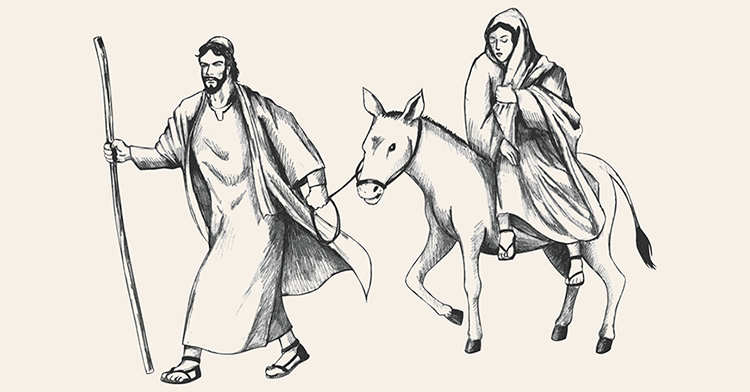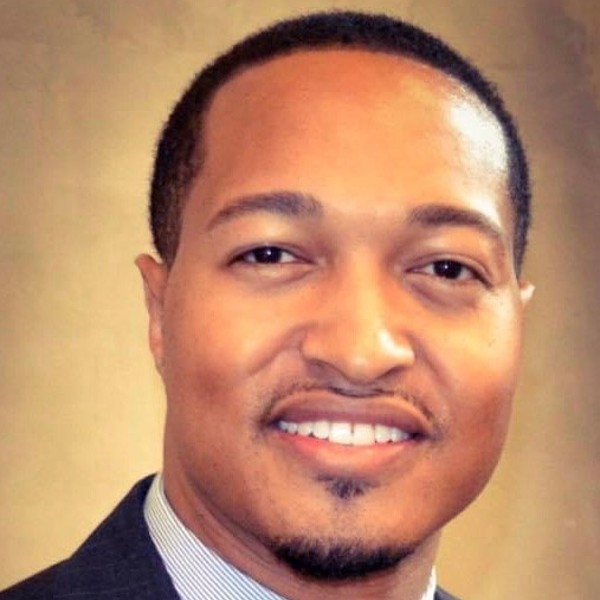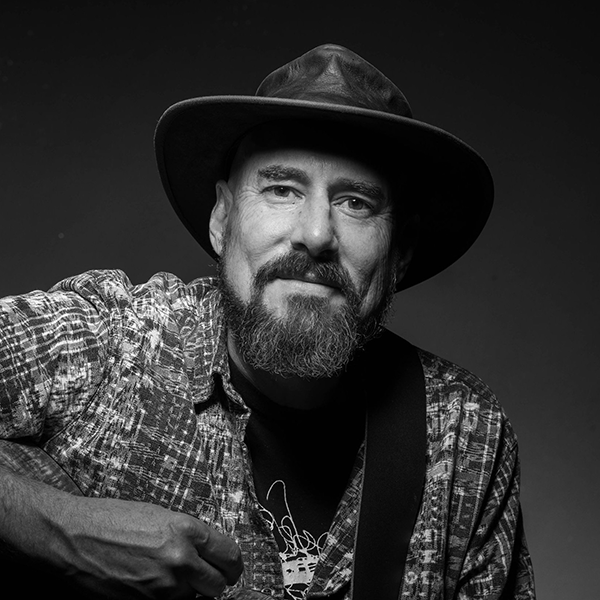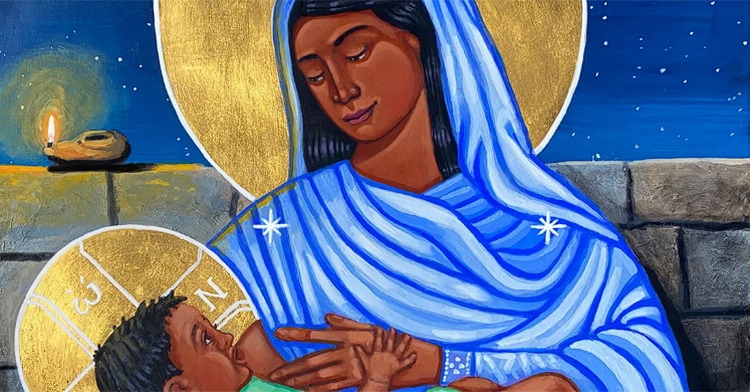Western culture’s version of the Christmas narrative rests on idyllic scenes of a serene manger and adoring visitors, often lit by a warm, ethereal glow. Well-known and beloved carols have canonized such familiar images, and this shiny vision permeates children’s pageants, pastors’ sermons and popular culture — from “A Charlie Brown Christmas” to Hallmark movies.
But beneath the familiar comfort of the Christmas story lies a radical truth that often goes unacknowledged. In “The Remarkable Ordinary,” Frederick Buechner wisely observed that we often see “what [we] expect to see rather than what’s there.” To grasp the radical truth at the heart of Christmas, we must move beyond the sanitized depictions and confront the reality of the incarnation. The Christmas story, stripped of its veneer, is far messier and uncomfortable — yet perhaps ultimately more hopeful — than we realize.
The dissonance between the idealized nativity scenes and the harsh realities of the world into which Jesus was born is striking. Jesus entered a reality much like that of the millions in the Middle East today, particularly in places like Palestine, Israel and Lebanon — a world of political unrest, economic hardship and social injustice.
These areas, scarred by generations of conflict and displacement, mirror the turmoil of the first Christmas. The Holy Family were themselves refugees as they fled Herod’s violence, a stark reminder of the plight of countless individuals in the region who are displaced by war and occupation.
This messiness is not incidental to the Christmas story; it is integral to the gospel message itself. The prophet Isaiah foretold a messiah who would be “despised and rejected by men; a man of sorrows, and acquainted with grief” (Isaiah 53:3 RSV), a prophecy echoed in the humble circumstances of Jesus’ birth. Micah 5:2 prophesied his birth in the seemingly insignificant town of Bethlehem, further subverting expectations of a powerful king.
The incarnation — God taking on human flesh — is a radical act of solidarity with the marginalized and oppressed. It is a profound demonstration of kenosis, the self-emptying love of God that Jürgen Moltmann described in “The Crucified God.”
To understand kenosis is to understand that God chose to pour out divine power, to become vulnerable and dependent, as a demonstration of ultimate love and humility. This kenotic love challenges traditional notions of power and offers a model for humble service.
This is the same kenosis we are called to embody when we seek to understand the suffering in today’s world. It’s the empathy we need in order to grasp the fear of the teenager rejected by their family because of their identity, the pain of the refugee fleeing conflict, the frustration of the person trapped in economic inequality. It compels us to see the humanity in all, to bridge the divides that create distance between us, and to work in solidarity with those who struggle for justice and equality in every corner of the world.
The angel’s proclamation of “good news of great joy for all the people” (Luke 2:10 NRSV) takes on a revolutionary tone when viewed through this lens. This is not a joy that ignores suffering but a joy that enters into the world’s pain, transforming and ultimately redeeming it. Christ’s birth, therefore, is not a retreat from the world but a radical reordering of it, a declaration that God’s love transcends our notions of power or purity.
This reordering is further emphasized in Jesus’ own ministry, in which he consistently reached out to the outcasts and challenged the religious and social structures of his time. He proclaimed, “Blessed are the poor in spirit, for theirs is the kingdom of heaven” (Matthew 5:3) and challenged his followers to care for “the least of these” (Matthew 25:40).
More than a quaint tale of a baby in a manger, the Christmas story is a subversive counternarrative to the dominant cultural norms that prioritize power and privilege. It elevates the lowly and challenges the status quo, calling us to embrace the marginalized, resist injustice, and work toward a more equitable and compassionate world.
The Christmas narrative also challenges our understanding of hope. It is not a passive waiting for a miraculous rescue. Rather, it is an active engagement with the world, a commitment to participate in God’s ongoing work of redemption and reconciliation. As the rabbis taught, “The work of creation continues, ... and it is man’s glorious privilege to help finish it.” The Holy Spirit, who equips and directs believers to be agents of God’s love and justice in the world, empowers this active hope.
As we prepare to celebrate the birth of Christ, we are invited to enter into this story of “God with us.” We are invited to encounter the divine, not in the halls of power or the places of privilege, but in the margins, among the vulnerable and the forgotten. We are called to participate in the ongoing story where God’s love continues to break in and bring hope and healing to a world in desperate need of both.
We are invited to move beyond the familiar images and encounter the radical message at the heart of the nativity. It’s a call to find courage in a faith that doesn’t shy away from the world’s challenges but empowers us to work toward a more compassionate and just future. True hope requires action and calls us to participate in God’s redemptive work.
An authentic, messy Christmas story offers a message of love, radical transformation and enduring hope. This is the message that has echoed through the centuries, inspiring countless acts of compassion and justice. This story, drawing on the words of the poet Placide Cappeau, is the true “thrill of hope” that causes the weary world to rejoice.
Christ’s birth ... is not a retreat from the world but a radical reordering of it, a declaration that God’s love transcends our notions of power or purity.




















